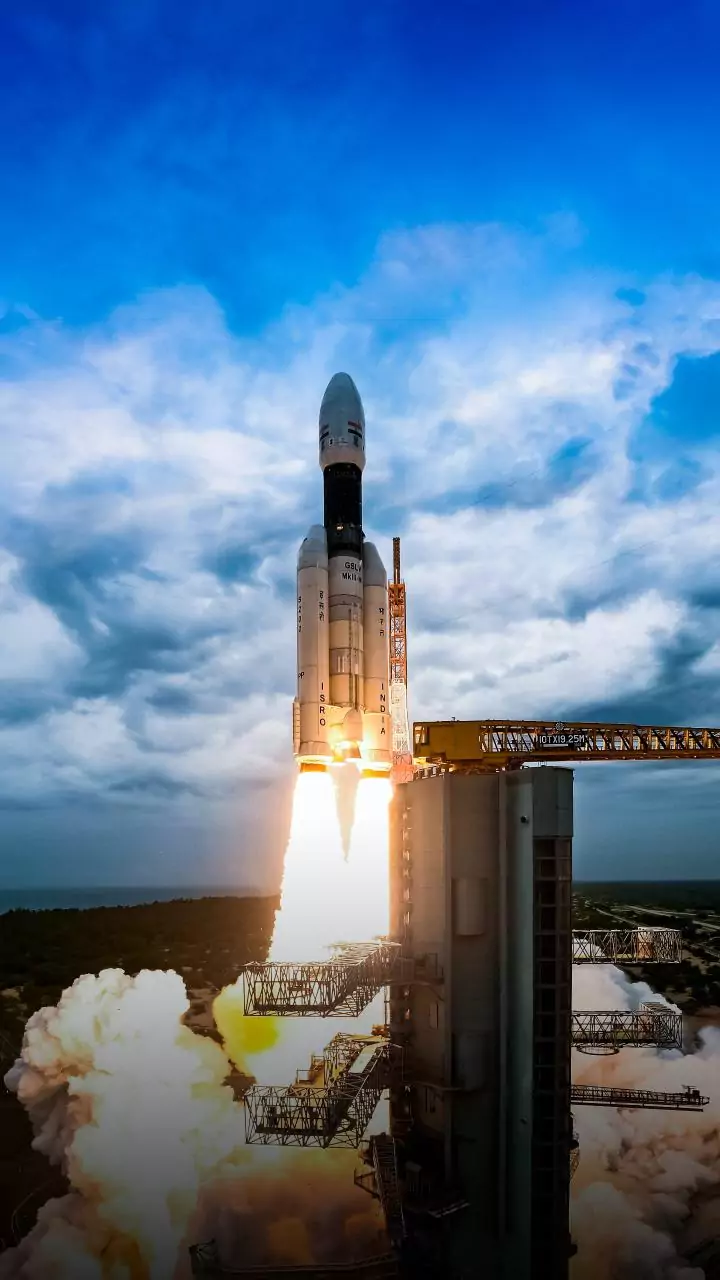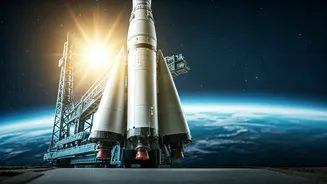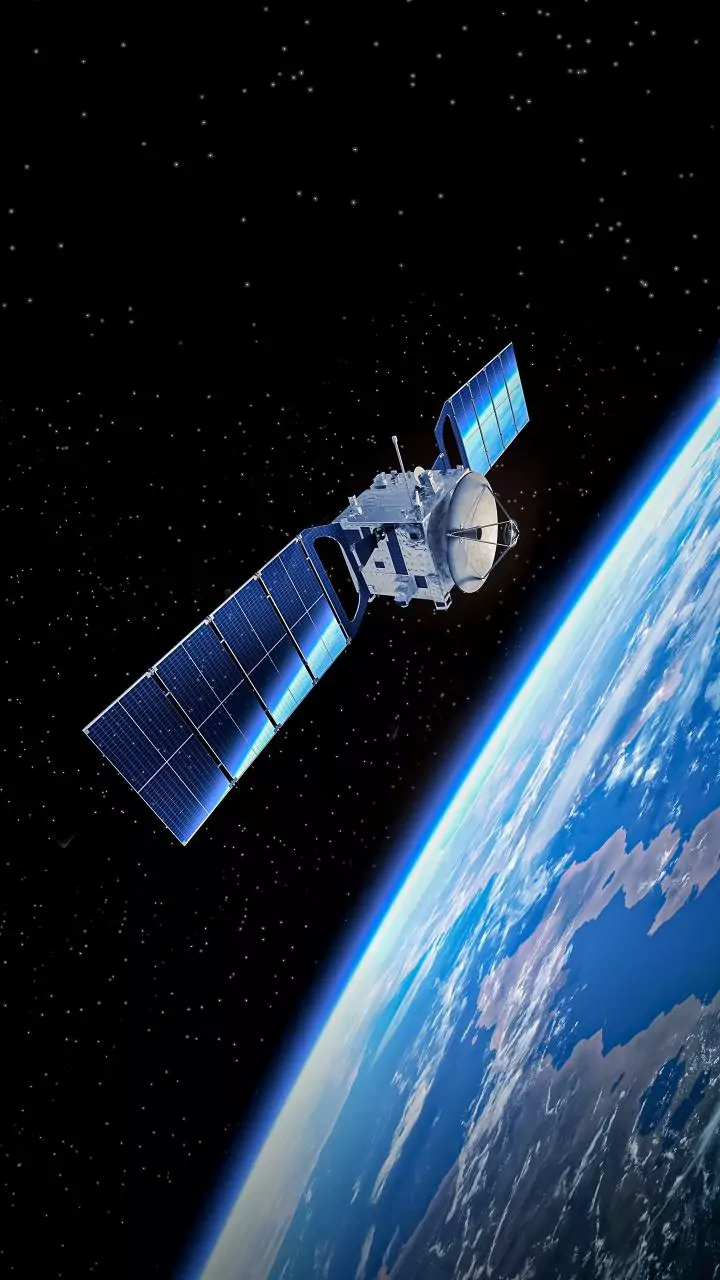Gaganyaan Mission Progress
The Indian Space Research Organisation (ISRO) is diligently progressing with its Gaganyaan mission, an undertaking that aims to send Indian astronauts
into space. The project has advanced significantly, with completion nearing the 90% mark. This signifies that a large portion of the mission's technical and logistical components are in place. These components likely include the development of the spacecraft, the training of astronauts, and the establishment of ground support systems. This mission is a crucial step for India, positioning it among the select group of nations that have independently launched crewed spaceflights. The ISRO's steady progress demonstrates its technical prowess and its commitment to realizing its vision of advancing India's presence in space. With the mission close to its final stages, the anticipation grows as India anticipates a historic milestone in the realm of space exploration. The projected launch year of 2027 underscores ISRO's timeline and the significance of this spaceflight endeavor.
Mission Goals and Scope
The Gaganyaan mission is a multifaceted project with ambitious goals aimed at expanding India's space capabilities. The primary objective is to send Indian astronauts into space. This will involve the use of a specifically designed spacecraft that can sustain human life during the mission. The scope of the project extends beyond launching astronauts, as it encompasses critical aspects such as the training of the crew. ISRO has developed rigorous training programs to prepare the astronauts for the challenges of space travel, including simulations of the physical and psychological effects of spaceflight. Furthermore, the Gaganyaan mission is also focused on demonstrating India's capabilities in manned spaceflight, which would have implications for its technological standing and global recognition in the space sector. It is also designed to offer valuable insights into the effects of space on humans, providing data for future missions. This comprehensive approach underscores India's dedication to establishing a self-reliant and robust space program that can independently undertake crewed missions.
ISRO's Technical Preparations
ISRO is investing significant resources in terms of both technology and expertise to prepare for the Gaganyaan mission. The construction of the spacecraft is an essential part of the mission. It is being built to meet the requirements of a crewed mission, which requires strict safety standards and life support systems. The spacecraft incorporates features designed to keep the astronauts safe and comfortable throughout the journey. Beyond the spacecraft, ISRO is focused on creating a secure environment for the astronauts. This encompasses not only the spacecraft's design but also ground support infrastructure and the development of backup systems. The agency is also testing these components, running numerous simulations to guarantee all systems perform under the demanding conditions of space. Furthermore, ISRO's commitment to indigenous technology and innovation is demonstrated through the Gaganyaan mission. ISRO is improving its overall technical capabilities while advancing the goals of the mission by leveraging the latest technological developments. Through this holistic approach, ISRO is making sure that the Gaganyaan mission is prepared for a successful, and safe journey into space.
Expected Launch Timeline
The Gaganyaan mission is targeted for launch in 2027. This ambitious timeline provides a reasonable time frame to complete all necessary preparations while still keeping to a specific schedule. ISRO has stated that the current timeline reflects the extensive work required. This is to ensure all aspects of the mission align with safety standards and mission goals. Several factors influence this launch timeline, including the readiness of the spacecraft, astronaut training, and the establishment of ground support infrastructure. Furthermore, any unforeseen challenges will be incorporated into the planning. ISRO is committed to adhering to this timeline, and it will be constantly monitoring and evaluating the progress. The anticipated launch date of 2027 demonstrates the mission's scope and the effort required to make Gaganyaan a reality. The launch in 2027 will not only be a milestone for India's space program, but will also set the foundation for future ambitious missions that may further the country's space exploration objectives.
Impact on India's Future
The Gaganyaan mission holds significant implications for India's future in the space sector and beyond. Successfully launching Indian astronauts into space will catapult India into a select group of nations with independent manned spaceflight capabilities. It will enhance India's global standing and recognition as a spacefaring nation. The mission also offers valuable opportunities for technological and scientific advancements. The development of advanced life support systems, spacecraft technology, and space-based research will have positive ripple effects on various sectors. Furthermore, the Gaganyaan mission inspires the next generation of scientists and engineers, motivating more students to engage in STEM (Science, Technology, Engineering, and Mathematics) fields. This mission, alongside other space projects, is set to boost India's economy, foster international collaborations, and encourage private sector engagement. Gaganyaan's success will have a broad impact on national pride and serve as a beacon for future achievements in India's space program.















